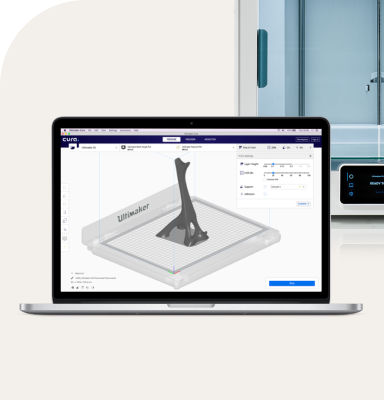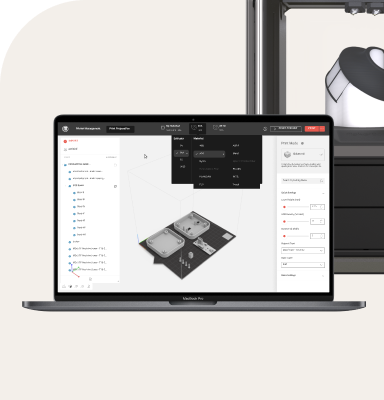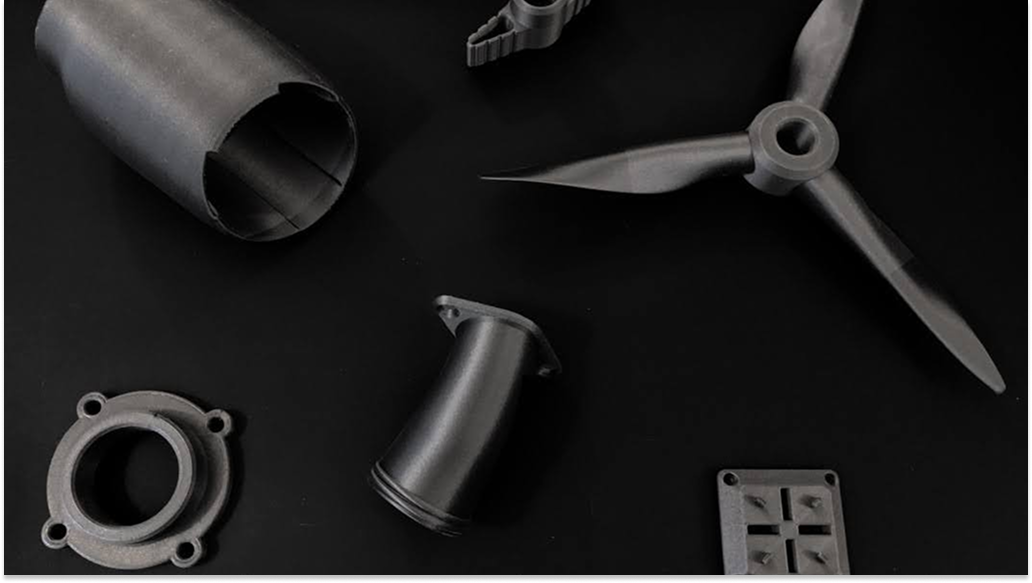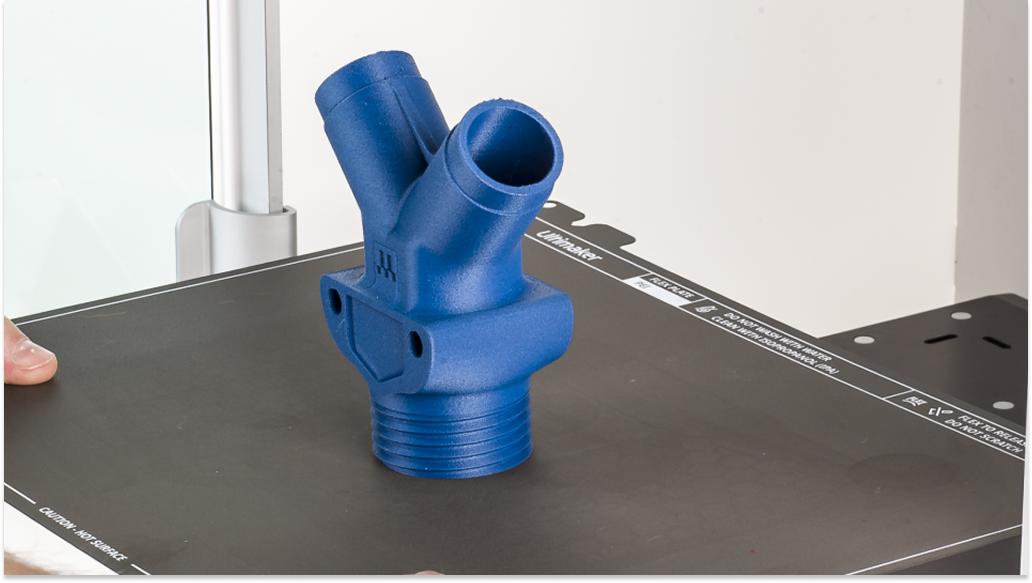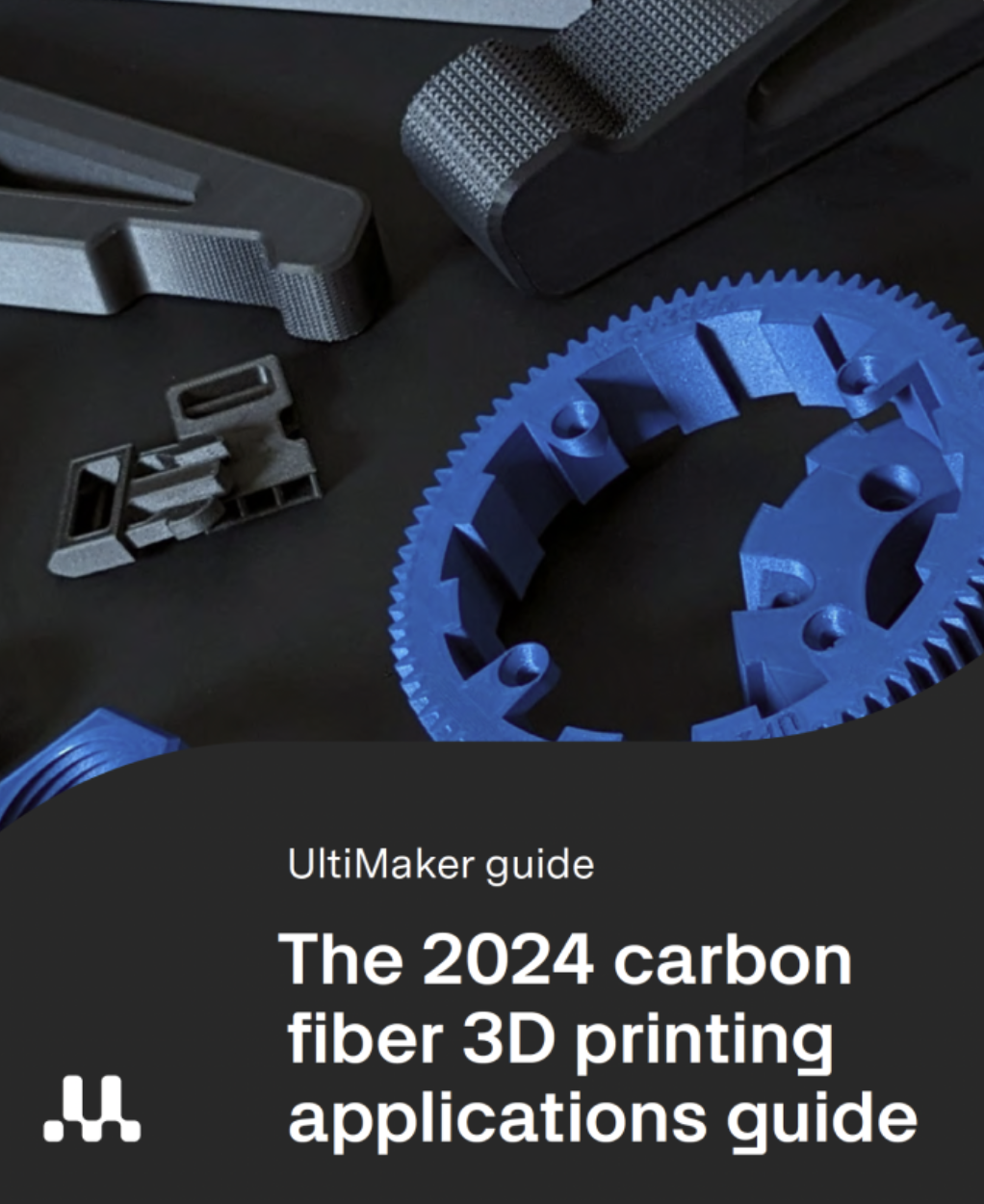However, carbon fiber filaments also have some challenges:
- Require hardened steel nozzles to prevent wear
- Can be more brittle than non-filled filaments
- Often need higher printing temperatures
- More expensive than standard filaments
When selecting a carbon fibre 3D printer filament, consider the specific mechanical properties required for your application, as well as the compatibility with your 3D printer's capabilities.
Proper printer settings and handling are crucial to achieve optimal results with these advanced materials. For a comprehensive understanding of carbon fiber 3D printing materials and their applications, check out this free guide to 3D printing carbon fiber.
Best practices for printing carbon fiber
With an understanding of carbon fiber filaments and their properties, it's essential to follow best practices to achieve optimal results. To successfully print carbon fiber filaments, there are several key best practices to follow:
Use a hardened steel nozzle
Carbon fiber filaments are highly abrasive and will quickly wear out standard brass nozzles. A hardened steel nozzle is essential for printing these materials without damaging your printer. Some high-end printers come with hardened nozzles specifically designed for abrasive filaments.
Adjust print temperature
Carbon fiber filled filaments often require higher print temperatures than their unfilled counterparts. Experiment with temperatures 20-40°C higher than you would use for the base material to ensure proper layer adhesion and flow.
Reduce print speed
Printing at a slower speed, around 30-50 mm/s, can help improve print quality and reduce the chances of clogging when using carbon fiber filaments. This allows more time for the material to properly melt and flow.
Use a direct drive extruder
Carbon fiber filaments tend to be more brittle than standard materials. A direct drive extruder provides better control and reduces the distance the filament must travel, lowering the risk of breakage.
Increase extrusion multiplier
Carbon fiber filaments may require a slightly higher extrusion multiplier (around 1.05-1.10) to ensure proper layer adhesion and fill density.
Choose the right carbon fiber filament
Not all carbon fiber filaments are created equal. Look for high-quality options from reputable manufacturers. The best carbon fiber filament will depend on your specific application, but popular choices include:
- Nylon-based carbon fiber filaments for strength and durability
- PETG-based carbon fiber filaments for easier printing and good layer adhesion
- Polycarbonate-based carbon fiber filaments for high heat resistance
Ensure proper bed adhesion
Use a textured build plate or apply an adhesive solution to ensure the first layer sticks well. Carbon fiber parts can be prone to warping, so good bed adhesion is crucial.
Dry your filament
Many carbon fiber filaments, especially those with a nylon base, are hygroscopic and absorb moisture from the air. Dry your filament before printing to avoid quality issues and potential damage to your printer.
Adjust cooling settings
Carbon fiber filled materials often benefit from reduced cooling. Try lowering your fan speed to around 50% to improve layer adhesion and overall part strength.
By following these best practices, you can successfully print carbon fiber parts with improved strength, stiffness, and dimensional stability compared to standard 3D printing materials. For more detailed insights on working with carbon fiber in 3D printing, including specific applications and case studies, explore this guide on finding the perfect carbon fiber 3D printing application.
Applications of carbon fiber 3D printing
The unique properties of carbon fiber 3D printed parts open up a wide range of applications across various industries. Carbon fiber 3D printing has revolutionized these sectors by enabling the production of strong, lightweight parts with complex geometries. Some key applications include:
Aerospace and automotive
- Lightweight structural components
- Prototypes for aerodynamic testing
- Custom interior parts
- Tooling and fixtures for manufacturing
Sports equipment
- Bicycle frames and components
- Prosthetic limbs for athletes
- Customized protective gear
Industrial tooling
- 3D printed carbon fiber molds for composite part production
- Jigs and fixtures for assembly lines
- End-of-arm tooling for robotics
Medical devices
- Customized prosthetics and orthotics
- Surgical instruments
- Anatomical models for surgical planning
Consumer products
- High-performance drone frames
- Lightweight camera equipment
- Custom electronic enclosures
The versatility of carbon filament in 3D printing allows for rapid prototyping and production of parts with excellent strength-to-weight ratios. This enables manufacturers to:
- Reduce lead times for custom parts
- Iterate designs quickly and cost-effectively
- Produce complex geometries not possible with traditional manufacturing
- Create lightweight parts without compromising strength
Of particular significance is the use of 3D printed carbon fiber molds in composite manufacturing. These molds offer several advantages over traditional tooling:
- Faster production of molds for short-run or prototype parts
- Reduced cost for low-volume production
- Ability to create complex mold geometries
- Lightweight molds that are easier to handle
As carbon filament technology continues to advance, we can expect to see even more innovative applications across various industries, pushing the boundaries of what's possible in additive manufacturing. For those considering whether to use carbon fiber or metal for their 3D printing projects, this comparison of carbon fiber and metal 3D printing provides valuable insights to help make an informed decision.


